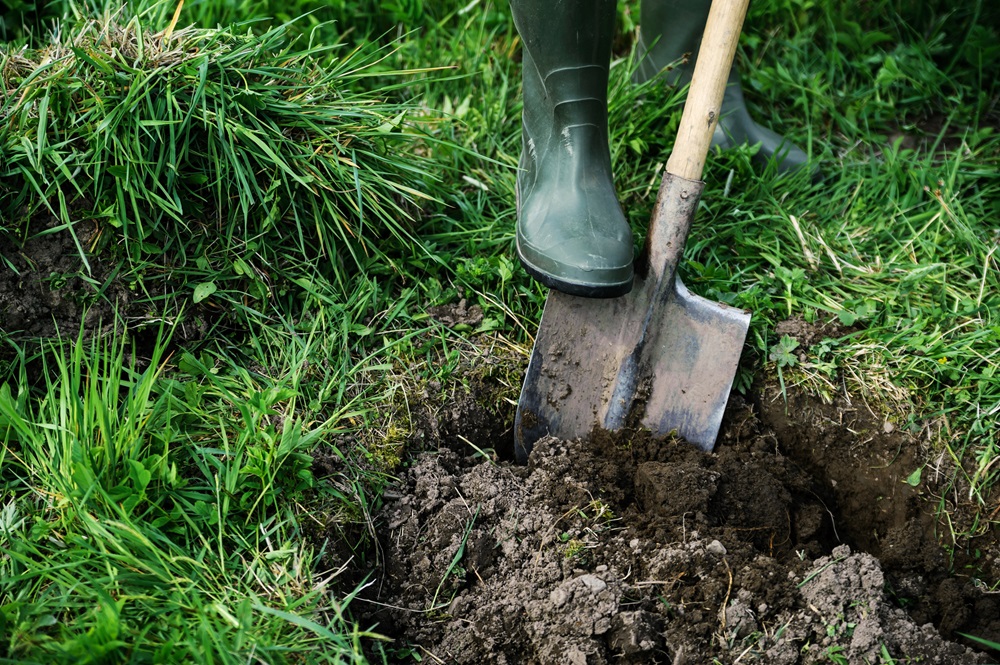The previous three parts of this series (Part 1, Part 2, Part 3) explained how scientists choose where to dig for knowledge and ultimately which tools they decide to use. Here, I will explain two reasons why it is so important for researchers to use the same tools when digging. The first is so that researchers can determine if they are digging in the correct place, or if they need to change their position (their ideas) a bit to find new gold (knowledge). The second is so that researchers can compare the previous holes (papers and theories) that they have dug to confirm that they can replicate the same hole and get the same gold.
How do researchers know if they are digging in the correct place with the correct tools?
If we have completed steps one through three (digging into papers and theories), then we know what has worked for previous researchers and have a good idea of where and how far we should dig when looking for new gold. Using the same or similar tools is important because if we use a different tool, then we may end up missing gold.
For example, if a researcher has a question about how easy or difficult it is for someone to switch from one language to another, they would not compare a picture of the different regions of the brain to how quickly someone selects a correct word to speak in one language and then switches to another. These two methods provide us with different information and may not lead us to the gold we are looking for. The image of the brain gives an overview of which areas are used to select words, but how quickly or slowly someone looks at words on a screen tells us how strongly different languages interfere or compete with one another. The longer it takes, the stronger the interference the quicker it is, the less interference. In other words, using the wrong tool can lead us to dig in the wrong place, causing us to miss important gold.
How do researchers know if they (or others) have found real gold?
The second reason it is important for researchers to use the same tools when digging is so they can compare scientific tools with the previous holes and gold that others have found. This comparison allows researchers to determine whether they have found real or fake/accidental gold. What is fake or accidental gold?
Think of a researcher digging a new hole in a new area because they have a good idea that they can find new gold there. If they end up finding a bit of gold, are they certain that there will be a lot more gold or could it have been a coincidence? A similar question arises even if the scientist finds even more gold in the same area.This question is important, and one of the reasons scientists try to follow similar steps and with similar tools (or replicate) the same process in order to find gold. If scientists do not replicate previous work, it could be that the first scientist made an error or misrepresented the significance of the gold they found. This last problem has recently become a bigger issue in research, but it will be discussed in more detail in Part 5 of this series.
In summary, not only does choosing the right place to dig require a great deal of consideration; but also the choice of which tool to dig with. Without the correct tool, a researcher is not able to find new gold and further develop new theories. Additionally, being able to use the same tools as other researchers allows us to confirm or reject the discovery of new gold and theories.

